Explore the key steps to effectively painting a metal building, ensuring lasting results and an aesthetically pleasing finish.
Painting a metal building can transform its appearance, protect it from harsh weather conditions, and extend its lifespan.
This process involves several crucial steps, including surface preparation, primer application, and the actual painting.
Understanding these steps in detail ensures a smooth, long-lasting finish that not only enhances the aesthetic appeal but also increases the durability of your metal structure.
This article will guide you through this process, providing practical tips and techniques to ensure you achieve professional-grade results.
Whether you’re a seasoned DIY enthusiast or a beginner, you’ll find this guide straightforward and helpful.
Key takeaways:
- Choose paint specifically formulated for metal surfaces
- Properly prepare the metal building surface before painting
- Follow a methodical approach for painting, including priming and multiple coats
- Utilize proper techniques, such as directional painting and thin first coats
- Regularly inspect for signs of wear and perform maintenance as needed
Selecting the Right Paint for Metal Buildings

In the choice of paint for metal buildings, a crucial factor to consider is the durability of the product. Opt for paints specifically formulated for metal surfaces to ensure proper adhesion. These oxygen-reactive paints not only stick better but also form a barrier against rust.
Select a paint with UV-resistant properties. Investing in UV-resistant paints pays off in the long run as they prevent color fading from sun exposure, maintaining the fresh look of your structure over time.
Weather conditions in your location will also influence your paint selection. For wet, high-humidity areas, opt for paint with anti-mold and mildew properties. In coastal regions, choose a product with salt-spray resistance.
Note the necessity for priming. If your building is new or if you’re applying a drastically different color, a primer may be required for best results. Primers boost paint’s durability and can improve the finished look by providing a uniform base.
Finally, consider the paint finish. Satin and semi-gloss finishes are popular for metal buildings for their balance between matte and high-gloss, providing both aesthetic appeal and ease of maintenance.
Remember, while the initial cost of high-quality paint might be higher, the long-term benefits of reduced maintenance and extended lifespan make it a savvy investment.
Preparing the Metal Building for Painting
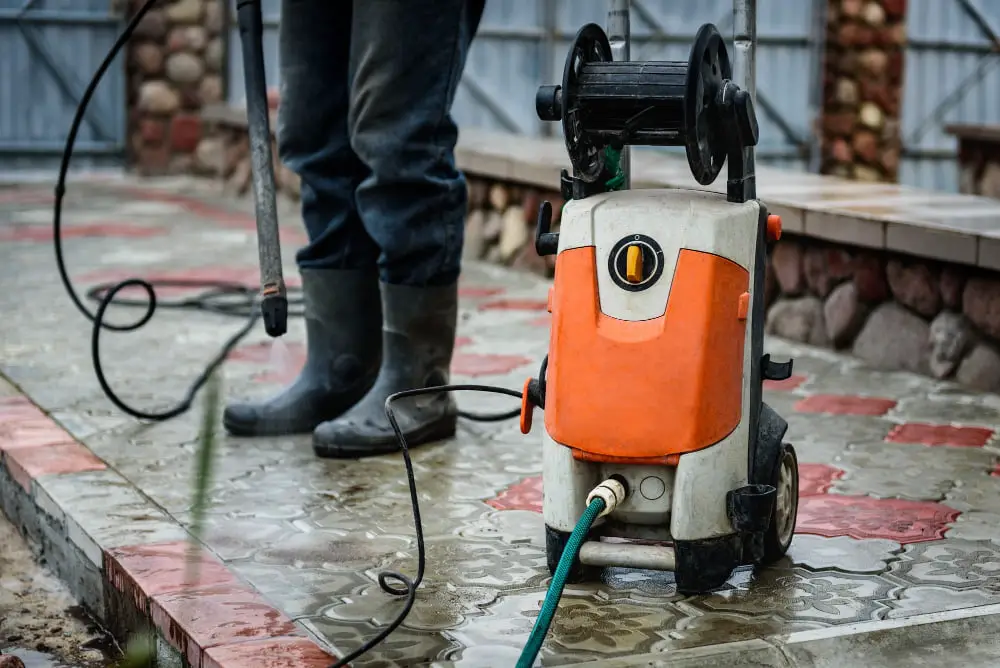
Ensuring the surface is clean and free from grease or rust is crucial. Start by using a power washer to remove dirt, grime and loose paint. For stubborn areas, a wire brush can break down rust and old paint. Use a commercial grade metal cleanser to get rid of any residual grease or oil spots.
Once the surface is clean, prime the metal, ensuring a solid bond between the metal and the paint. Use a rust-inhibiting, metal-specific primer for maximum adhesion. If there are any particular stubborn spots or rust-prone spots, consider using a thicker primer specifically designed for rust prevention.
Lastly, ensure you’re working with dry surfaces. Any moisture left on the metal surface can adversely affect how the paint adheres, potentially causing it to peel or bubble in the future. Consequently, avoid painting immediately after rain and allow ample drying time after washing.
Process of Painting a Metal Building
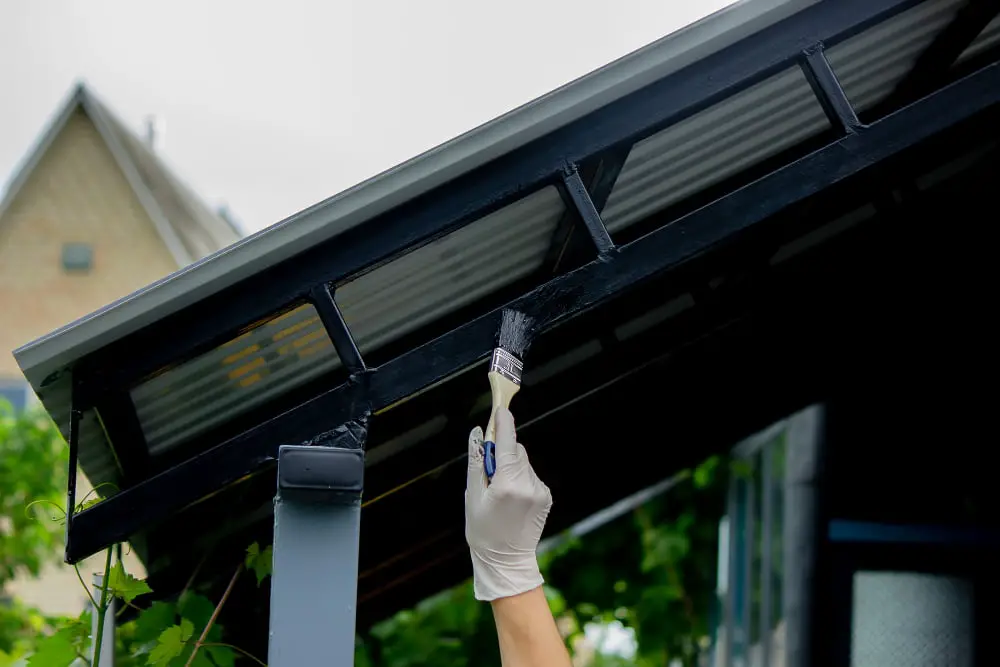
Initiating the paint job requires a methodical approach. First, ensure the safety measures are in place. Wear appropriate safety wear—gloves, safety goggles, suitable attire—to guard against paint splatters or accidental slips.
Start by applying a primer. The primer is key as it prepares the metal surface for the paint, enhancing adhesion, and adds an extra layer of protection against elements such as corrosion, rust, and UV radiation. Allow the primer to dry thoroughly as per the manufacturer’s instructions before proceeding.
Next, it’s time for the first coat of the chosen paint. Use a roller or spray for larger areas for an even application and brushes for detailed or hard-to-reach sections. Ensure even strokes to avert dripping or pooling of the paint.
Let the first paint coat dry completely—again, consult the manufacturer’s instructions on drying time. After it’s dry, apply a second coat to ensure full coverage and additional protection.
At all stages, remember to maintain good ventilation in the workspace, particularly if working indoors, to allow any toxic fumes to disperse safely. Also, remember to clean up properly once finished to keep the area safe and tidy.
The process may be labor-intensive, but the end-result—a professionally looking, durable metal building, should make it all worth it.
Techniques to Paint a Metal Building
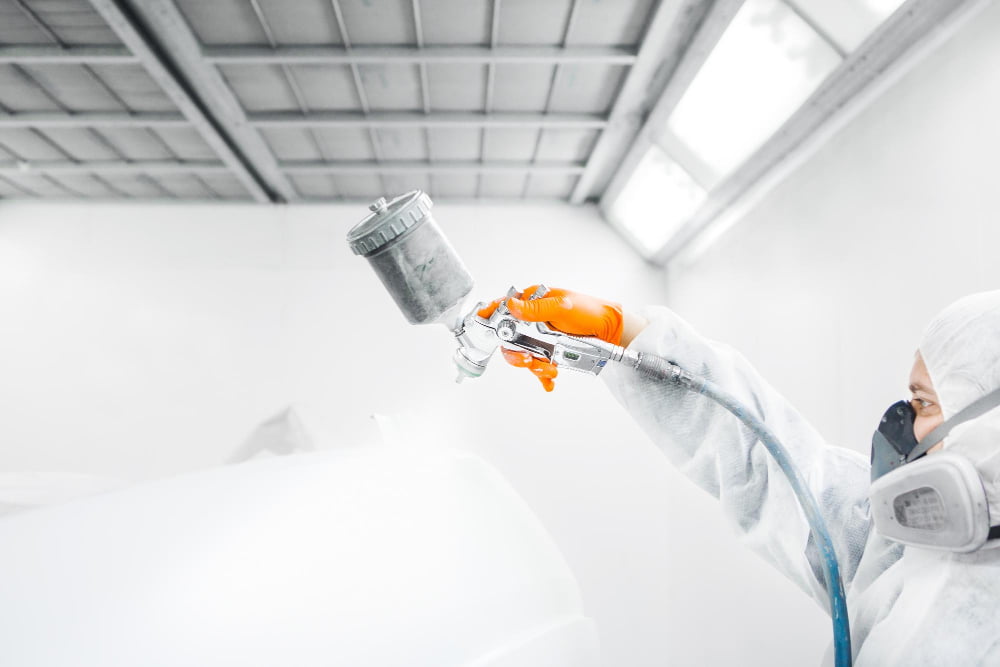
As you embark on the painting process, utilizing proper techniques is vital for an eye-catching, long-lasting finish:
1. Rollers versus Sprayers: Rollers can work well for smaller metal structures, offering direct control over pressure and coat thickness. However, for larger buildings, airless sprayers speed up the painting process and ensure even coverage, even in corners and edges.
2. Directional Painting: Begin at the top of the building and gradually work your way down. This approach prevents drips that can mess up sections you’ve already painted.
3. Coats: Apply a thin first coat. It seals and primes the surface, making subsequent coats adhere better. While a single coat can sometimes suffice, two coats usually provide a more durable, even finish.
4. Weather Considerations: Painting in excessively hot weather can cause paint to dry too quickly and not adhere properly. In contrast, cold air or dampness can undermine the drying process. Ideal conditions are mild temperatures with low humidity.
Remember, no painting technique can compensate for an incorrect choice of paint, or inadequate surface preparation. These aspects remain fundamental, so ensure they are dealt with appropriately.
Recognizing When Your Metal Building Needs Painting
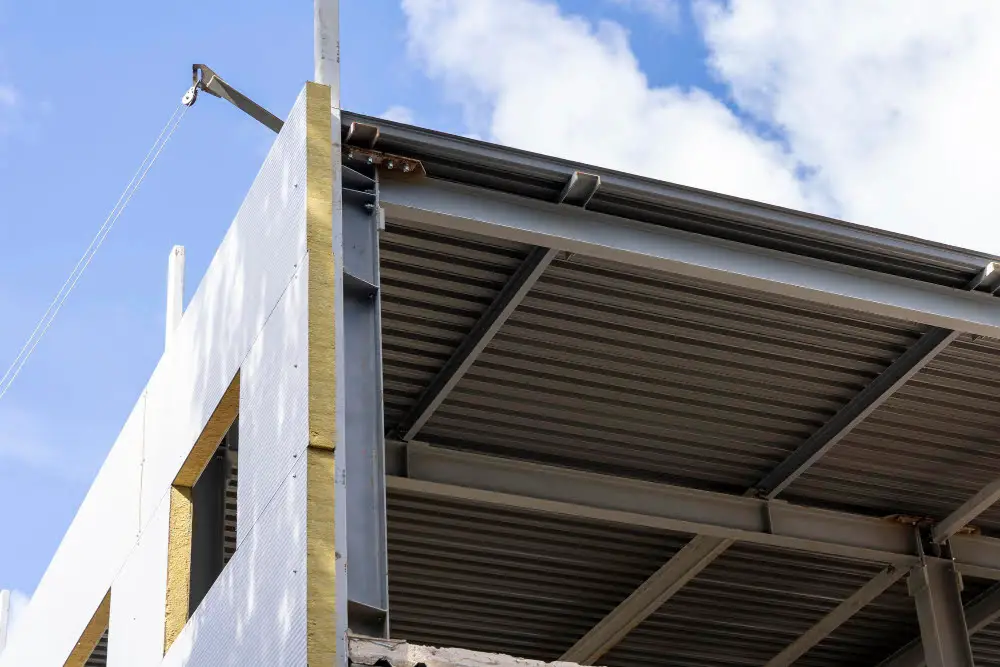
To accurately determine the repainting schedule for your structure, it’s crucial to frequently inspect for signs of wear. Metal buildings are durable, but paint degradation can still occur over time. Here are the indicators to look out for:
- Chalking: Even high-quality paints don’t last forever. As they age, they can leave a powdery residue when touched. This powder forms as the paint breaks down chemically under UV radiation, and it’s a sign that you should plan for a new coat.
- Peeling, Flaking, or Bubbling: This usually results from water, humidity, or other elements finding their way under the paint layer. If this phenomenon is spotted, it suggests a more imminent need for repainting.
- Rust Spots: If the metal begins rusting, not only is the aesthetic appeal of the building compromised, but its integrity may also be at risk. Rust-proof paint may slow the process, but eventually, a new layer of paint becomes necessary.
- Fading: Over time, due to prolonged exposure to sunlight, your building’s vibrancy can fade. While this doesn’t necessarily impact structural integrity, a fresh coat can restore the original appeal.
Monitoring these warning signs can drastically improve the preservation of your metal building and help schedule timely repainting jobs.
Impact of Climate On Metal Building Paint
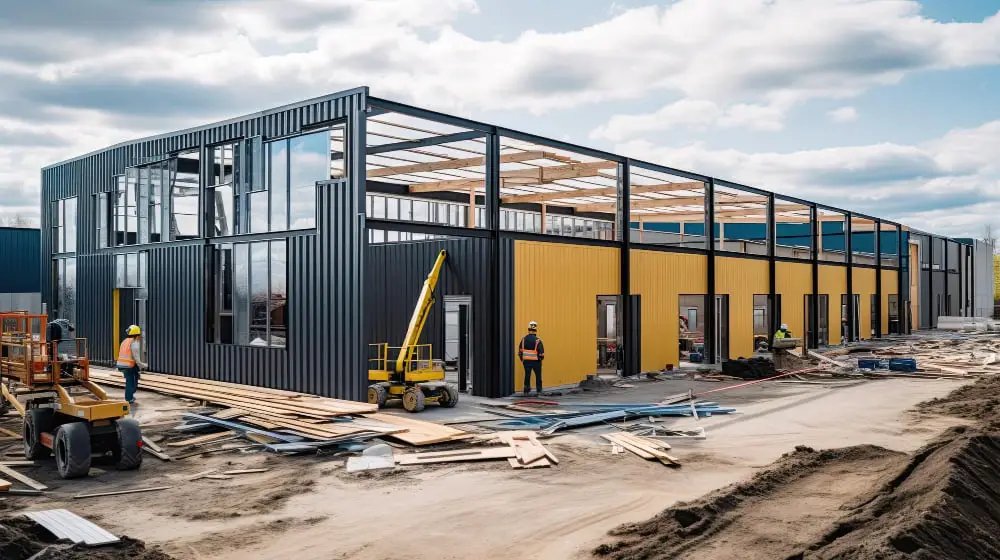
Exposure to various climatic conditions significantly affects the durability and appearance of paint on metal buildings. Ultraviolet (UV) radiation, high humidity, temperature fluctuations, and atmospheric pollutants are main contributors to paint degradation.
1. UV Radiation: In areas with high sun exposure, UV rays can cause paint to fade and lose its initial vibrancy. This is why UV-resistant paints are recommended for metal buildings in such climates.
2. Humidity: In highly humid areas, paint on metal structures can bubble, peel, and even foster the growth of mold and mildew. To combat this, paints with mildew resistants and excellent breathability are highly advisable.
3. Temperature Fluctuations: Dramatic changes in temperature can cause contraction and expansion in metal buildings, leading to cracking, flaking and peeling of the paint. High-quality paints with flexibility additives can mitigate these effects.
4. Atmospheric Pollutants: In industrial areas, pollutants can lead to the formation of rust and corrosion. Special corrosion-resistant paints can offer added protection in these conditions.
By considering the climate of your region, you can make informed decisions on the type of paint to use on your metal building. This will ensure that your structure remains both appealing and protected for longer periods.
Maintenance of Painted Metal Buildings
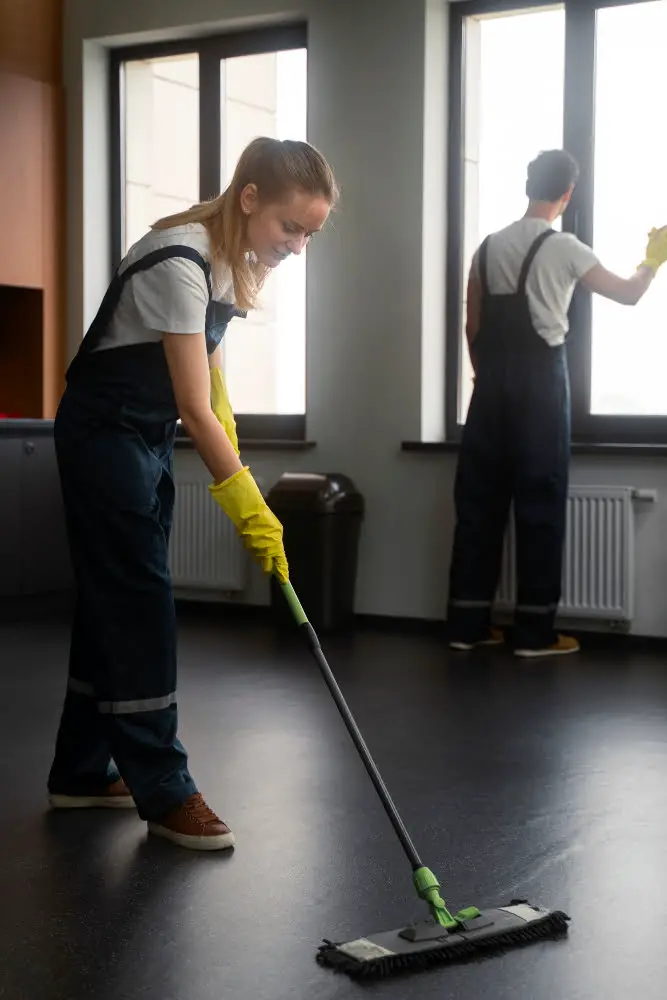
To ensure the aesthetic and structural integrity of your metal building, regular maintenance checks are important. Here are some points to focus on to maximize the lifespan of the paint on your metal building:
1) Regular Clean-ups: Cleaning dirt and debris from the surface of your metal building helps reduce the chances of paint erosion. Ideally, mild soapy water and a soft brush will do the trick.
2) Early Detection of Rust: If you can spot rust developing, it’s time to take action. Use a wire brush to remove rust spots, followed by the application of a rust converter and primer.
3) Thorough Inspection: Annually or semi-annually inspect your building for scratches, cracks or peeling. These are early signs that a touch-up is needed.
4) 365-Day Protection: Besides paint, consider UV-resistant and moisture-resistant coatings for added protection against the elements.
5) Professional Help: If major repaints are needed, or if damage is extensive, hiring professionals is advisable. They have specialized knowledge and equipment to properly coat your metal building.
6) Touch-ups: For smaller defects, consider using touch-up paint. Make sure it’s a perfect match for your existing color to maintain a seamless appearance.
7) Record Keeping: Keep notes on the color code and type of paint used for your building. This will make future touch-ups and repaints much easier.
Remember, a well-maintained painted metal building not only enhances curb appeal, but also improves the longevity and performance of the structure. Follow these tips for optimum results.
FAQ
How do you prep a metal building for paint?
To prep a metal building for paint, it is necessary to clean the surface, remove any rust using 80-grit sandpaper or a wire brush drill attachment, and remove any flaking existing paint.
Do you have to prime a metal building before painting?
Yes, it is necessary to prime a metal building before painting to ensure proper paint adhesion.
What do you spray on metal before painting?
Before painting a metal surface, it is essential to spray a primer on it to ensure the final paint job is smooth and even.
What is the best paint for exterior metal building?
The best paint for an exterior metal building is Direct-to-Metal (DTM) paint as it is specifically formulated for metal surfaces and works as both paint and primer in one.
How do you prevent rust formation when painting a metal building?
To prevent rust formation when painting a metal building, apply a high-quality, rust-inhibiting primer before the final coat of paint.
What are the environmental impacts of different types of paint used on metal buildings?
Different types of paint used on metal buildings may contain harmful volatile organic compounds (VOCs) contributing to air pollution, while eco-friendly alternatives minimize environmental harm by reducing VOC emissions.
Which weather conditions are optimal for painting a metal building?
Optimal weather conditions for painting a metal building are warm and dry conditions with a temperature between 50-85 degrees Fahrenheit, low humidity below 50%, and no impending rain for at least 48 hours.
Recap




